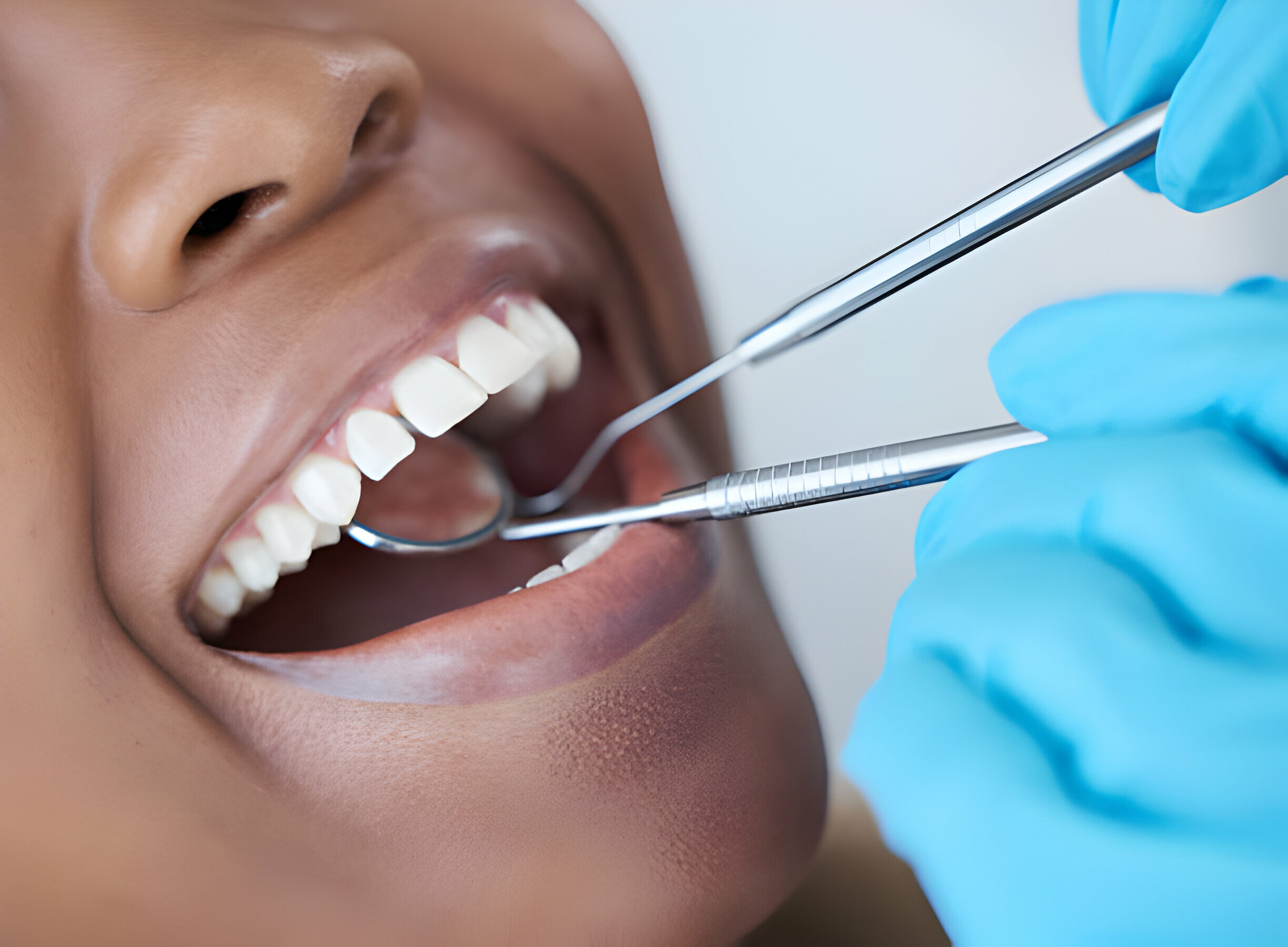Summary:
Restorative dentistry is a dentistry branch focused on replacing, restoring, or repairing damaged teeth. Regardless of whether you have oral issues or you lost your teeth due to trauma, dental restorative procedures can address them all.
But how do you find the proper restorative procedure for you? This a complex decision that requires thorough deliberation to make an informed choice.

This blog will help you out on this front with a deeper insight into dental therapeutic topics such as:
- What is Restorative Dentistry? Your Ticket To The Perfect Smile!
- Types of Restorative Procedures To Enhance Your Smile!
- How To Choose The Restorative Procedure?
So, read it till the end and understand how restorative dentistry can help enhance your smile.
What is Restorative Dentistry? Your Ticket To The Perfect Smile!
Modern dentistry has come a long way in offering effective solutions to complex dental issues and helping people get the perfect smile. Dental restoratives are among those advanced treatments that help address multiple dental issues effectively.
Data shows that the prevalence of oral restoration has spiked to 79% for adults aged 20 to 44 and 92% for adults aged forty-five to sixty-four.
But despite the effectiveness of restoratives, there is still much confusion about these treatments. So, let’s address these confusions and help you find the right restoration dentist based on your needs.
Restorative Dentistry for A Healthy Smile
Restorative dentistry is a specific dentistry branch that only offers treatments for repairing, restoring, and replacing teeth. You can access many dental restoration treatments to address your oral issues.
The restorative dentist in Prairie Village, KS, will evaluate your condition and suggest an appropriate treatment. This ensures you get the right treatment based on your specific needs.
Types of Restorative Procedures To Enhance Your Smile
Dental Restorative Health Kansas City offers different restorative treatments based on one’s needs and requirements. Some of the best-known of these treatments include:
Dental Crowns
Dental crowns are ideal for you if you have weakened or damaged teeth. These crowns offer protection and support to the affected tooth and enhance its aesthetics simultaneously. This might not be ideal for you if you have any extensively damaged teeth, but it is still a viable candidate to repair these damages.

Fillings
Dental fillings are therapeutic treatments that help treat minor teeth damage, such as cavities. These fillings are made of different material types, such as porcelain, composite, and amalgam. They can be the right choice for you if there is any minor damage to your teeth and its impact is limited to the enamel.
Dental Implants
Dental Implants are one of the most effective procedures for rebuilding a tooth by strengthening its roots. People use dental implants if they have a missing tooth or multiple teeth in their jaws. These implants are very effective and can help restore your teeth’ functionality without hampering their aesthetics. While this procedure is complicated, it is still a great long-term solution for missing teeth.
Dentures
Dentures are another common restorative procedure used to replace missing teeth. But the primary difference here is you can easily remove dentures to clean your teeth and gums. These dentures are available in full or partial variants and can help restore your teeth’s functionalities effectively.
Dental Bridges
Dental bridges replace missing teeth and are made of an artificial tooth anchored by adjacent natural teeth or implants. This treatment is excellent for restoring your ability to talk and chew as long as the adjoining natural teeth or implants are strong enough to support it.
How To Choose The Restorative Procedure?
Choosing the appropriate restorative procedure with many available alternatives can be challenging. So here are some steps to remember to select the proper therapeutic procedure based on your needs.
- Consultation: You must first book a consultation with a trusted reconstructive dentist. This is when the dentist will evaluate your condition, answer your concerns, and recommend a treatment process accordingly.
- Thorough Evaluation: This is when the dentist will run multiple tests on you, such as scans and X-rays, and even take digital impressions of your teeth. This helps them determine the extent of the damage, underlying issues, and the overall condition of the adjoining teeth.
- Location in The Mouth: Now that your dentist knows the complication better, it is time to determine its location inside the mouth. This is more important than many might imagine since the tooth’s location in the mouth can influence the extensive restorative treatment you seek. For instance, veneers might be preferable for covering damages in the front teeth but are not so great for rear portions.

- Determining The Issues: Once the dentist has access to all your test reports, they can determine the primary cause and its severity. It is important to give a detailed understanding of the primary issue to ensure appropriate treatment.
- Defining Treatment Goals: The next step is clearly understanding your treatment goals. This means narrowing down on what you wish to enhance, as people’s treatment goals can vary based on their needs. While some might use dental restorative treatment for enhanced aesthetics, others want aesthetics and functionalities.
- Longevity: It is always important to consider the treatment’s or oral procedure’s overall longevity. For instance, some therapeutic treatments, such as implants, require multiple appointments but offer a long-term solution for missing teeth. You must determine the best option based on your preference and decide accordingly.
- Analyze Oral Habits: Regardless of the dental restorative treatment you seek, evaluating your oral habits is always important. Certain procedures might require you to care for your oral health without complacency properly. You must be committed to ensuring the same level of care to get the best results from your treatment.
- Budgetary Considerations: The final and one of the most important considerations you need to remember is your budget. Therapeutic procedures cost differently, and you must determine if the procedure fits your budget. You can even check your insurance coverage to determine if this will cover the treatment’s cost.
Takeaway
- Data shows that the prevalence of dental restoration has spiked to 79% for adults aged 20 to 44 and 92% for adults aged forty-five to sixty-four.
- Restorative dentistry is a specific dentistry branch that only offers treatments for repairing, restoring, and replacing teeth.
- Dental crowns, dentures, fillings, implants, and bridges are some of the most common restorative procedures.
- Have questions about the different restorative oral treatment options for you? Connect with our professionals at Cope Dentistry today!

